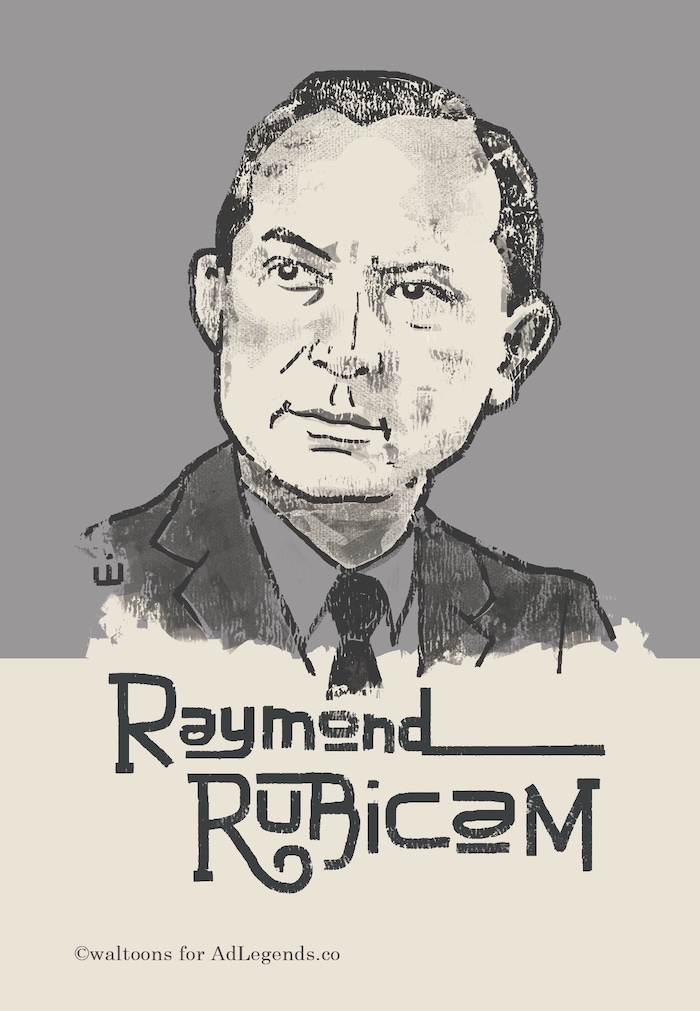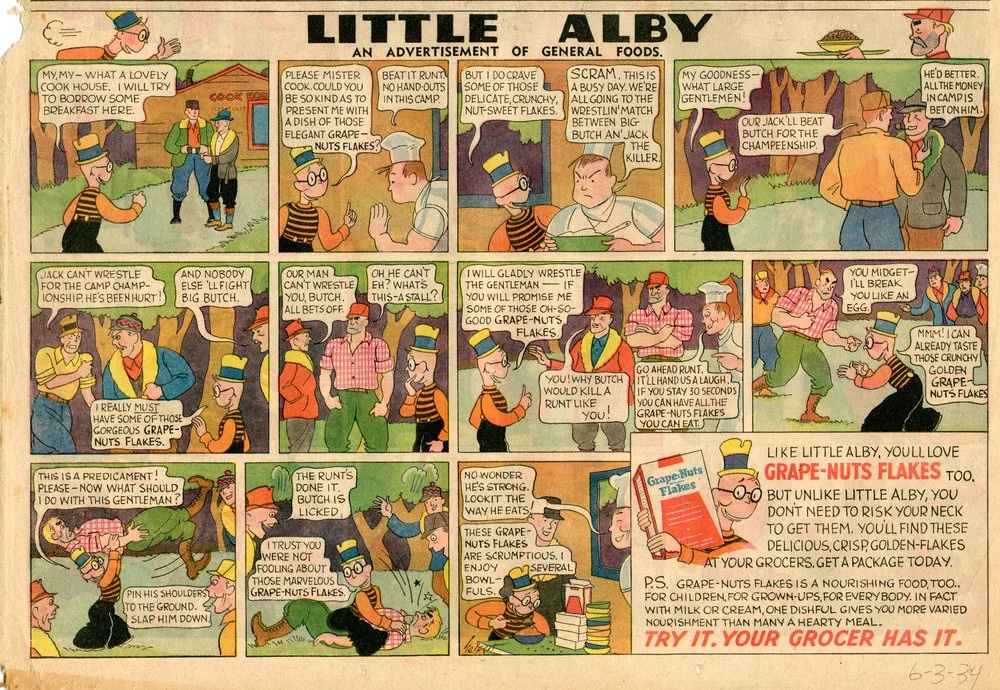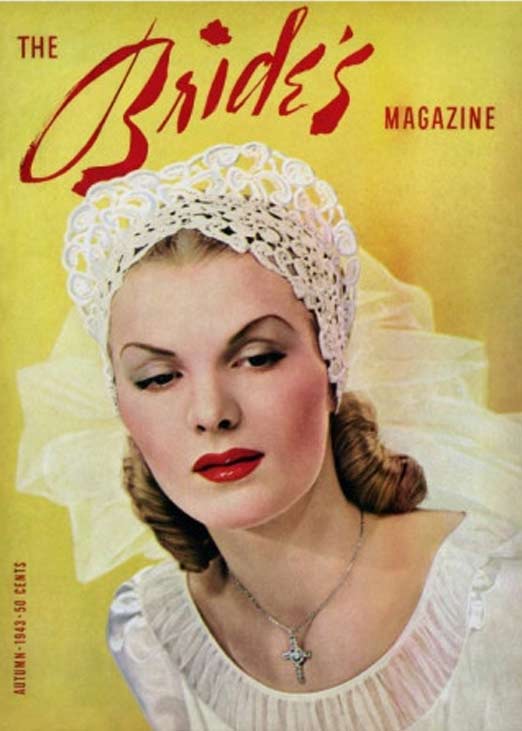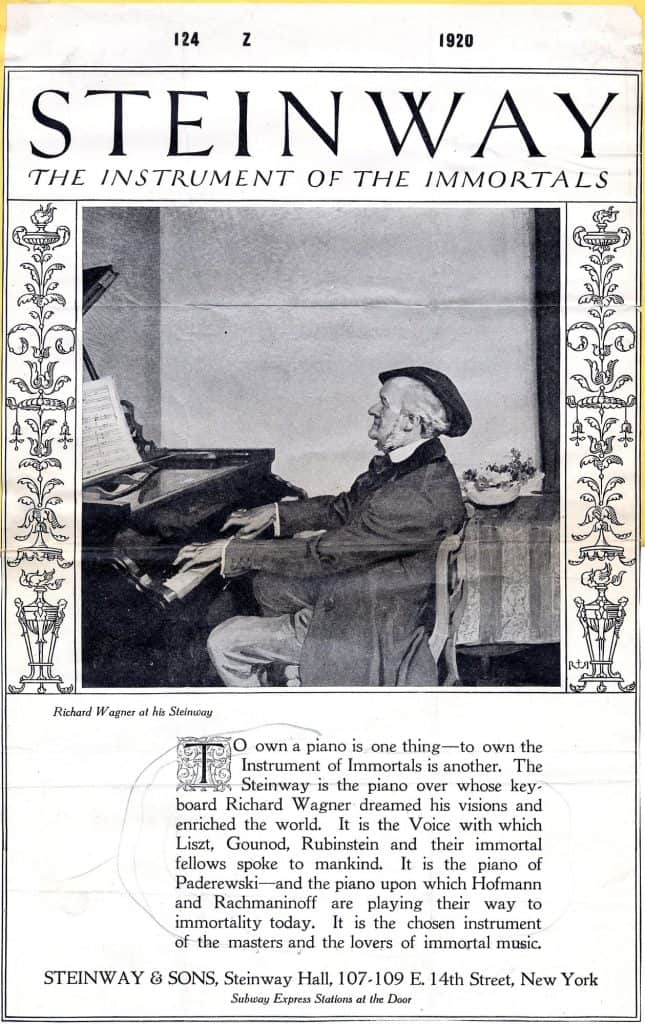Raymond Rubicam was born on June 16, 1892, in Brooklyn, New York. He was the youngest of eight children. His father—a trade journalist—died of tuberculosis in 1895 and young Raymond was sent to live with his older brothers and sisters. By the age of 15, he was working full-time as a shipping clerk’s helper for $5 per week.
Rubicam liked to read short stories written by O. Henry. The author inspired him to get to know the people of America, so he worked a series of jobs as a bellhop, an usher, a movie projectionist, and a door-to-door salesman. He also wrote about these experiences and used the stories to land a reporter’s job at The Philadelphia Inquirer.
At the age of 19, Rubicam left the reporter’s bullpen and joined the F. Wallis Armstrong Company in Philadelphia as an apprentice copywriter, earning $20/week, which was a marked improvement on the $12/week he was paid by the newspaper. Three years later in 1919, he was able to secure a better position at N.W. Ayer and Son, the largest advertising agency in Philadelphia. Ayer paid him $125/week. To keep him, Ayer soon doubled that.

At Ayer, Rubicam honed his craft and wrote ads for Rolls Royce, Steinway Pianos, and Squibb. Significantly, he also helped John Orr Young, an account man he’d worked with at Armstrong, make the move to Ayer. In the spring of 1923, Young and Rubicam (Y&R) started their own agency in Philadelphia.
The First Creative Revolution
Rubicam’s experience working at Armstrong and Ayer helped him shape his ideas about how to run an ad agency (and how not to run one). At the time, the business was dominated by account men. Young and Rubicam decided at the birth of their agency that the writer, art director, researcher, merchandiser, and production expert would all be equal to the account executive.
Y&R was also one of the first agencies to offer ownership percentages to its employees, and the first to adopt profit sharing.
It’s clear that Rubicam was intent on honoring the makers of the ads. To call his moves and his thinking ‘revolutionary’ is insufficient. He broke the old mold and made a new one. The new model he championed was infused with honesty and integrity, as well as business intelligence. The combination worked wonders.
Research Informs Strategy
The year after Young & Rubicam was founded, it landed General Foods Corporation as a client. When the General Foods clients asked which brand the agency would like to work on, if chosen, Rubicam replied, “Your toughest one.” Y&R got their wish and the agency started making ads for Postum. It wasn’t long before, General Foods added Grape-Nuts, Jell-O, Sanka, and others to the agency’s responsibilities.
Y&R was the first agency to use comic strips as a medium for advertising, creating “Mr. Coffee Nerves” for Postum and “Little Alby” for Grape-Nuts.

In 1926, Y&R moved from Philly to Madison Avenue. In 1932, the firm hired Dr, George H. Gallup away from Northwestern University. With the help of Dr. George Gallup, the agency pioneered new methods of consumer and media research. They were the first agency to use scientific telephone sampling, and the first to test audiences to measure the success of commercials and advertisements.
The Mirror Maker
Raymond Rubicam felt that it was essential to not only know more about the customer but also to say more about the customer.
He believed that an advertisement should mirror the reader. “The way to sell,” he wrote, “is to get read first. The way to get read is to say more about the reader and less about yourself and your product. Mirror the reader to himself, and then show him afterward how your product fits his needs.”
Decades later, ad legends Bill Bernbach and Phyllis Robinson, would perfect this approach. DDB would never have asked drivers to “Think Small” on behalf of Volkswagen had they not clearly recognized the dramatic shift in demographics and consequent beliefs of a car shoppers. In Rubicam’s terms, they mirrored the car buyer to himself, and then showed him afterward how the product fit his needs.
Make Programs that Clients Want to Sponsor
Advertainment. Content marketing. Call it what you will, Rubicam understood that brands don’t just react to the culture, they have an opportunity to drive it. Thus, his agency was one of the first to produce their own programs, which Y&R’s clients and others then sponsored.
Y&R made some of the most popular commercial radio fare of the time—“The Aldrich Family,” “Mystery Theatre,” “Bulldog Drummond,” “Burns and Allen,” “We, the People,” and many more.
https://youtu.be/chJkftttV-E
While his peers in the agency business were relying on the networks for programming, Raymond Rubicam staffed his agency with writers and production professionals who would imagine and then produce these programs.
Y&R was the first agency to integrate commercials directly into the program. Thanks to the agency’s reliance on research, Rubicam knew what people liked to listen to on the air, including which commercial they preferred.
The Journalist Never Sleeps
Raymond Rubicam was a writer and writers have to write. On top of his work for clients, Rubicam wrote articles for trade magazines about advertising and public affairs. In 1930, he purchased a promotional vehicle from Time, Inc. and turned it into a marketing and advertising journal called Tide.

In 1932, he helped launch Bride’s House, publisher of Bride’s Magazine and Bride’s Reference Book. Rubicam was an owner and director of the media firm for many years. He understood that marketing and media are two sides of one coin—something that I’ve been advocating and practicing for many years.
Raymond Rubicam’s Legacy
Ad Legend, David Ogilvy said Raymond Rubicam was the strongest influence in his life as an advertising man. “You taught me that advertising can sell without being dishonest,” he once told him.
How fitting that one of Rubicam’s earliest campaigns (for Steinway) was a campaign that the piano maker ran for many years. Their piano became known as, “The Instrument of the Immortals,” thanks to Rubicam.

“It is the chosen instrument of the masters and the lovers of immortal music,” Rubicam wrote. That’s brand positioning at its finest. But Rubicam never leaned on just one method to win over customers. He wrote other ads for Steinway about how affordable the piano was.
He was a convincing man and a gifted writer. Raymond Rubicam was also a gentleman and a savvy business person who grew his agency into a dynamo. He showed the way and paved the way for progress throughout his career. His work and thinking continue to inform and ripple through the ad world to this day. The ad industry is a much better place because Raymond Rubicam was in it. He invested his all, took necessary risks, stood up for what was right, and gave back. He’s a legend among legends.
